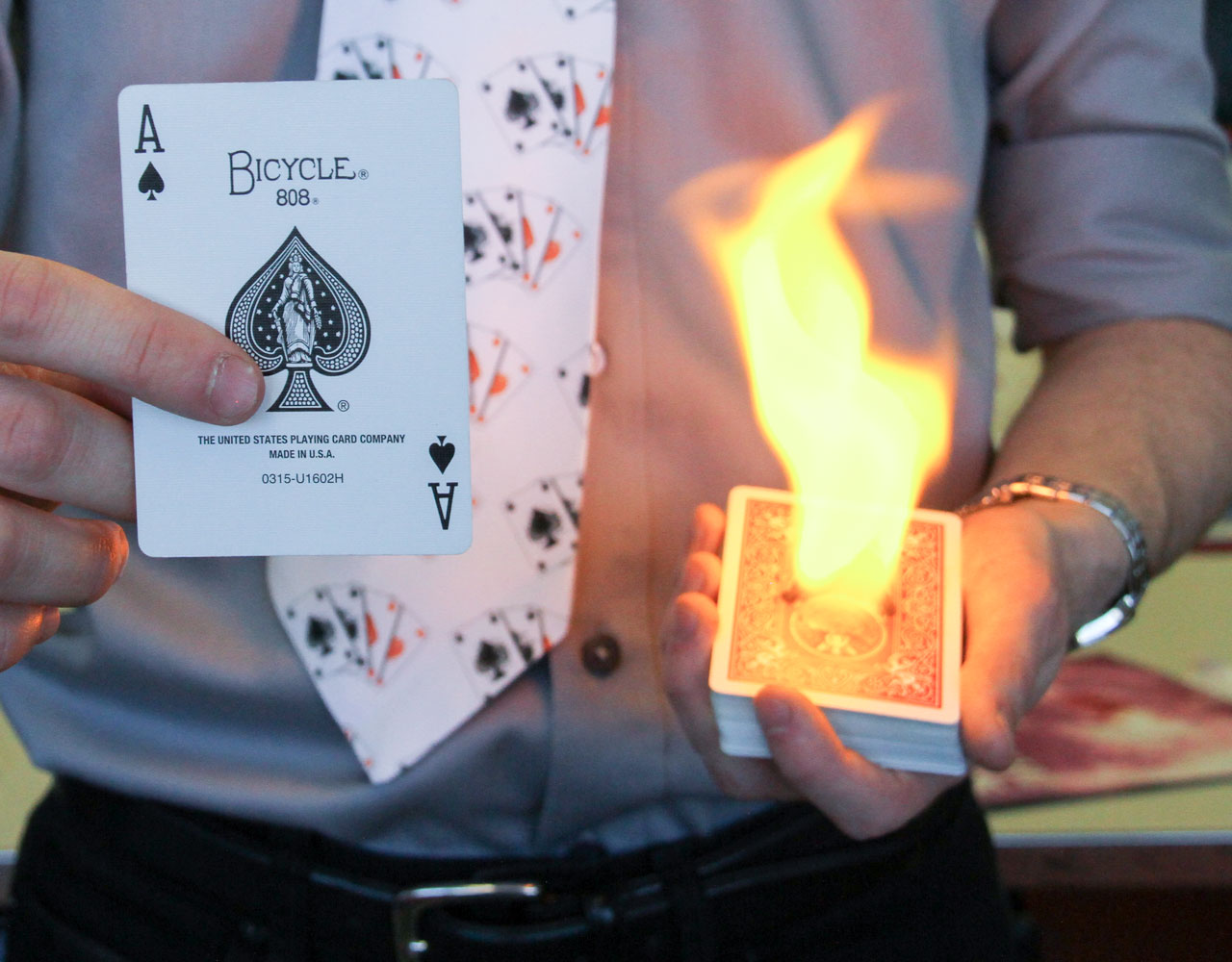Carleton University is one program closer to becoming Hogwarts, thanks to funding for a new research position for the study of magic.
The school has recently established the Allan Slaight Chair for the Study of the Conjuring Arts, thanks to a $2 million donation from the Slaight Foundation.
A search committee, composed of faculty members from various departments under Carleton’s faculty of arts and social sciences, is in the process of finding someone to take on the role.
The research chair will primarily be in charge of expanding Carleton’s archive collection of literature and artifacts related to the conjuring arts.
Other responsibilities of the job include developing undergraduate courses in the conjuring arts, perception and deception, and creating a research program related to disciplines of the conjuring arts, according to an email from Alastair Summerlee, the university’s interim president.
Dimithri Silva, a leader of the University of Toronto Magic Club and a fourth-year biology student, said he was very pleased to hear about the new research chair at Carleton.
“I believe that magic is something that the public has a very limited perception of,” he said. “So, I believe that the academic study of magic is a great way that will bring magic more exposure and a deeper understanding.”
Various areas of academic study, such as warfare, political persuasion, neuroscience and psychology, are related to the conjuring arts, according to a Carleton press release.
The press release also said Carleton is one of the only universities in Canada building a literature and artifacts collection related to magic.
“There is enthusiastic interest in accessing these collections from our students and faculty, as well as community members,” Patti Harper, head of Carleton’s research support services, said in the release.
According to Silva, unlike other art forms like music or dance, magic “has a deep history of deception rather than amusement.”
“Watching how [magic] has progressed over time has great value to academic scholars,” he said.
Murray Hatfield, a professional magician based in Victoria, B.C., said magic is sometimes trivialized in North America, adding that magic is “thought of as more of a kid’s entertainment.”
“The truth is, around the world, magic is held in a great regard and encompasses a lot of different sciences, a lot of different performing arts, all into one package,” he said.
Having a place to go to study the conjuring arts “would have been tremendously valuable” in the beginning of his career, Hatfield added.
Hatfield also said this would make a great opportunity to delve deeper into how magic works.
“There’s a lot of psychology involved [in magic]—in the way of dealing with an audience, a way of influencing an audience,” he said. “There’s just so many facets to it.”
Summerlee also mentioned how the position can help look into how magic captivates its audiences.
“In most cases, there are famous individuals who have somehow captured the public’s eye and ear with remarkable feats of deception, perception and illusion,” Summerlee said.
“How does this happen? How can we be fooled? Why do we believe one thing and not another?” he said. “And posing those questions immediately expands the concept of the chair into the interdisciplinary and every disciplinary realm.”
Ultimately, Silva said he sees lots of potential with this position.
“I truly believe that this new program at Carleton is a great way to promote this idea that magic is a lot more than trying to deceive or fool people,” Silva said. “There’s a huge history and a lot of aspects that have been used that I believe scholars and academics can truly appreciate.”
Photo by Aaron Hemens






